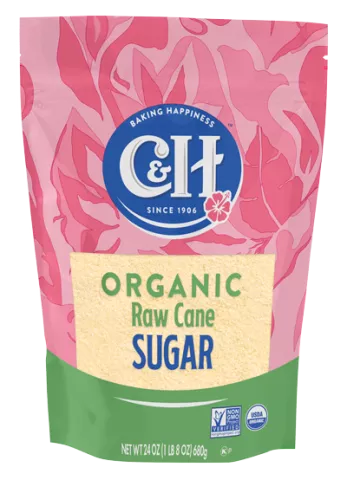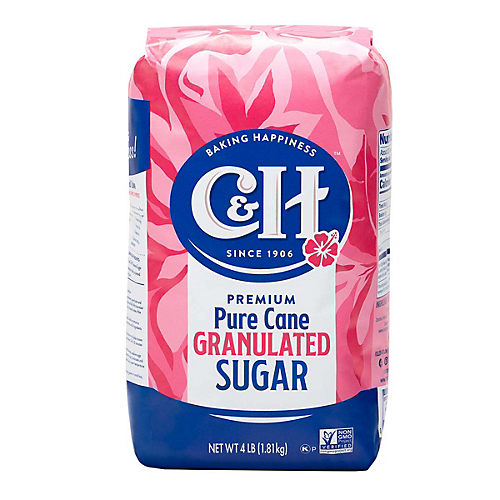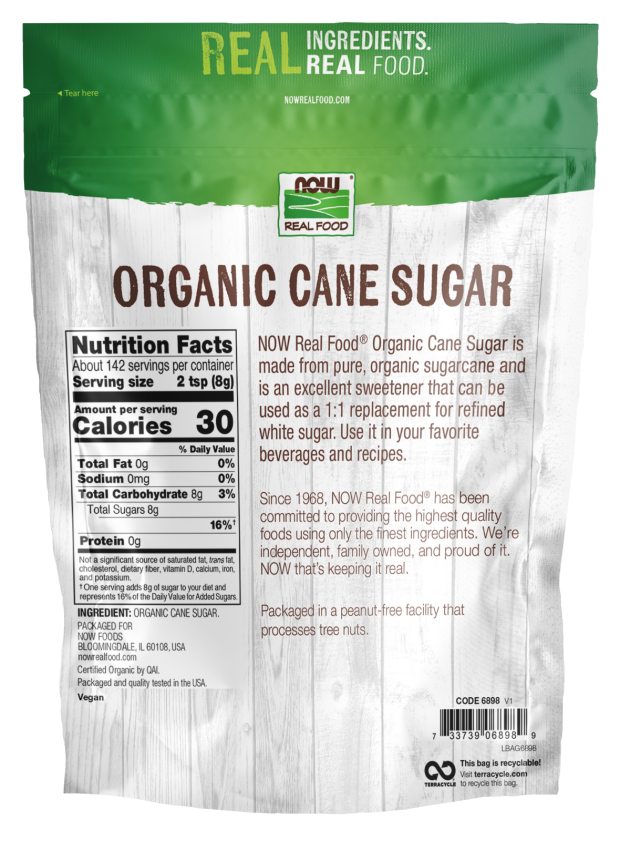Exploring the Comprehensive Tips Involved in Cane Sugar Handling From Collecting to Improvement
The procedure of walking stick sugar manufacturing encompasses a series of elaborate actions, beginning with the careful harvesting of sugarcane and finishing in the refinement phases that make certain the final item meets sector standards. Each phase, from the extraction of juice to the purification and formation procedures, plays an important role in establishing the top quality and character of the sugar. Understanding these phases not only highlights the complexity of sugar production however also raises essential concerns regarding performance, sustainability, and innovation in the market. What ramifications do these factors have for future methods?
Harvesting Sugarcane
Collecting sugarcane is an important action in the cane sugar handling chain, as it directly influences the high quality and yield of the final item. Correct timing and strategies are important throughout this phase to make certain optimal sugar web content and decrease losses. Usually, sugarcane is gathered when it gets to maturation, typically 12 to 18 months after planting, characterized by a high sucrose concentration.

Post-harvest, the sugarcane needs to be processed promptly to avoid sucrose deterioration. Preferably, harvested cane needs to be transported to processing facilities within 1 day to preserve sugar quality. For that reason, effective logistical planning is critical to preserve the honesty of the collected plant throughout the supply chain.
Extraction Process

The crushed walking cane is subjected to a series of pushing procedures to make the most of juice recovery. Normally, warm water is splashed onto the crushed walking stick, developing a countercurrent circulation that helps dissolve the sugar while also helping in the removal process. The juice gathered from this operation has not only sugar yet likewise different natural substances and pollutants.

To improve removal performance, some centers might use diffusion approaches, where the sugarcane is taken in warm water, enabling the soluble sugars to diffuse into the liquid. The resulting juice, abundant in sucrose, is then guided to succeeding processing stages, laying the foundation for purification and improvement. The extraction process is therefore critical in identifying the quality and return of the final sugar item.
Filtration Strategies
The purification techniques utilized in walking cane sugar handling are vital for changing the raw juice right into a top notch sugar product. These methods mostly intend to get rid of contaminations, such as soil, plant materials, and inorganic materials, which can negatively influence the final item's flavor and color.
One of the most usual purification techniques is explanation. This procedure includes including lime and warmth to the raw juice, which facilitates the coagulation of pollutants. The resulting precipitate is after that gotten rid of with sedimentation or filtering, yielding a clearer juice. In addition, making use of phosphoric acid can boost the Discover More explanation process by more binding pollutants.
Another considerable method is carbonatation, where carbon dioxide is introduced to the cleared up juice. This reaction generates calcium carbonate, which captures remaining impurities and promotes their removal.
Additionally, turned on carbon therapy might be put on adsorb any kind of staying colorants and organic impurities, guaranteeing a much more polished item. The combination of these methods efficiently prepares the sugar juice for succeeding action in the refining process, establishing the stage for the manufacturing of top quality cane sugar.
Condensation Approaches
After the purification stage, the next critical step in walking stick sugar handling includes formation methods, which play a critical role in transforming the clarified juice into strong sugar. This procedure usually uses 2 main techniques: spontaneous condensation and controlled formation.
In spontaneous crystallization, supersaturated sugar solutions are permitted to cool normally, resulting in the formation of sugar crystals gradually. This approach is easier but might result in irregular crystal dimensions and lower pureness degrees. On the other hand, managed formation is a much more accurate technique where temperature level, focus, and seeding agents are carefully managed. This technique enables the consistent growth of sugar crystals and higher pureness.
During condensation, the clarified juice is focused with evaporation, enhancing its sugar content until it gets to supersaturation. Once this factor is accomplished, either method can facilitate the formation process. Cane Sugar Processing. The resultant sugar crystals are after that divided from the continuing to be syrup check here with centrifugation
Inevitably, the choice of condensation method impacts the high quality, dimension, and pureness of the final sugar product, making this step crucial in the general walking stick sugar processing treatment.
Refinement and Product Packaging
How can the purity and quality of walking cane sugar be further enhanced after crystallization? The refinement process plays a critical duty in accomplishing high-quality walking stick sugar. Adhering to condensation, sugar undertakes a comprehensive cleaning to eliminate impurities and recurring molasses. This is commonly achieved utilizing warm water or vapor, which helps dissolve and extract undesirable elements while protecting the sugar crystals.
Next, the sugar undergoes a process called centrifugation, where it is rotated at broadband to separate the cleansed sugar crystals from the staying liquid. After centrifugation, the sugar is usually more refined via a technique called carbonization or phosphatation, which utilizes turned on carbon or phosphoric acid to eliminate shade and off-flavors.
Once refined, the sugar is dried to achieve the desired moisture content, guaranteeing that it continues to be secure throughout storage space and transportation. The that site last step includes product packaging the refined sugar in moisture-proof and closed containers to preserve its quality and prevent contamination. Cane Sugar Processing. Proper product packaging not only extends service life yet also helps with simple handling and distribution, ensuring that consumers get sugar that satisfies the greatest requirements of purity and quality
Final Thought
The thorough actions associated with cane sugar processing, from the thorough harvesting of sugarcane to the complex improvement and packaging phases, highlight the relevance of each stage in guaranteeing top notch sugar production. Optimal harvesting methods, effective removal techniques, and rigorous purification processes collectively add to the end product's pureness and security. The formation and subsequent product packaging methods even more enhance the integrity and life span of the sugar, highlighting the intricacy and precision integral in this crucial farming sector.
The process of walking stick sugar production incorporates a collection of intricate actions, starting with the cautious harvesting of sugarcane and culminating in the refinement phases that ensure the last product meets industry standards. Preferably, gathered walking stick needs to be transferred to refining centers within 24 hours to protect sugar quality.In spontaneous formation, supersaturated sugar solutions are permitted to cool down naturally, leading to the formation of sugar crystals over time - Cane Sugar Processing. The refinement process plays a critical function in accomplishing top notch cane sugar.The extensive actions entailed in walking cane sugar processing, from the meticulous harvesting of sugarcane to the detailed refinement and product packaging phases, underscore the importance of each stage in making certain premium sugar manufacturing